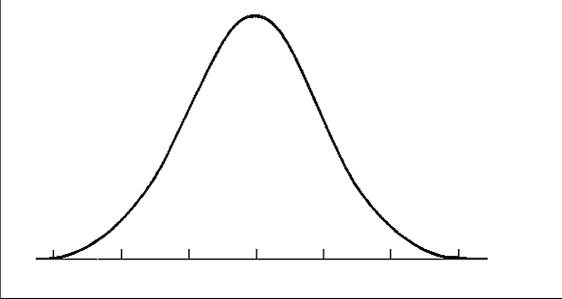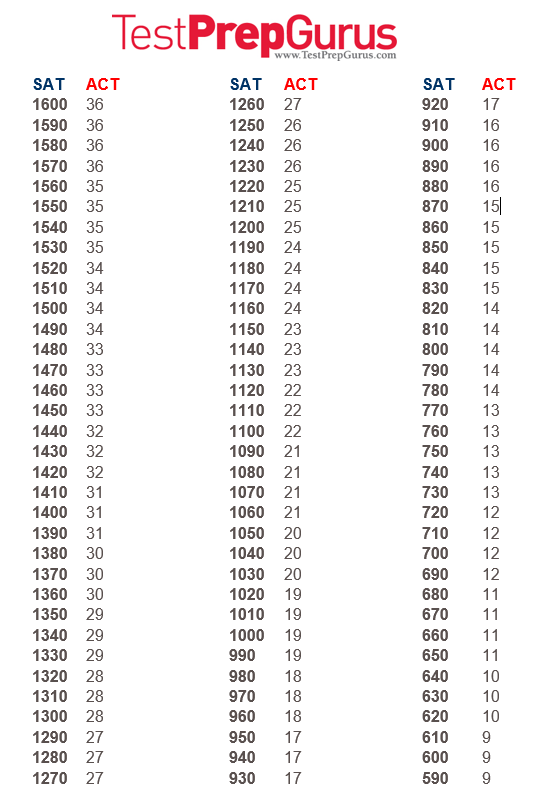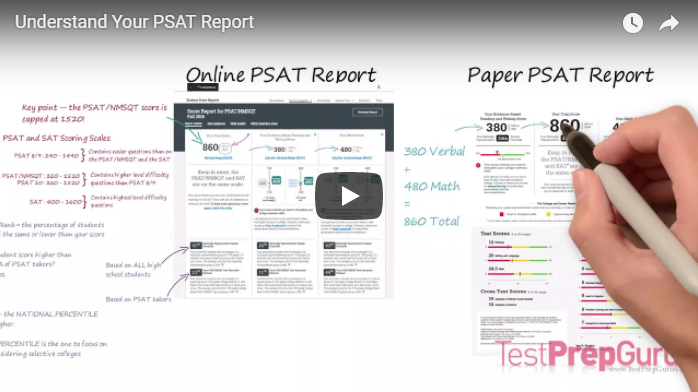by Marci Lerner Miller
Miller Advocacy Group
www.milleradvocacy.com
The PSAT/NMSQT, is a preliminary version of the SAT that can prepare students for the real event. Since 1955, high schools have been offering this test to juniors once a year, and the highest scoring students have been eligible to qualify for a National Merit Scholarship. There is good reason to prepare for this test early and prepare well – over $180 million dollars in scholarship funds are given out each year to some of the top 1% of the PSAT test-takers.
You may have noticed that the PSAT isn’t just for high school juniors anymore. After the ACT overtook the SAT as the most popular college admissions test, College Board reacted, in part, by offering a new “Suite of Assessments,” including a PSAT 10 for sophomores and a PSAT 8/9 for even younger students.
Given the high stakes of the SAT and the scholarship potential for those scoring well on the official PSAT, students should take every opportunity to practice, right?
Not so fast!! If you have a student with learning differences or disabilities who will be taking one of these early assessments, there are a few things you need to know first:
1. Make Sure Testing Accommodations Are Approved by College Board
BEFORE the PSAT 10
Even if your child has an IEP or a 504 Plan, do not assume that he or she will automatically have accommodations on the PSAT. This requires your school counselor to submit a request to College Board, and many high school counselors wait until students are in 11th grade to make these requests, because the high school counselors have not adjusted their timelines to reflect College Board’s changes.
You may hear from your school that there is no rush, because the PSAT 10 test “does not count.” For some students with disabilities, this is simply incorrect.
Although the PSAT 10 results are not reported to colleges or used for National Merit consideration, the results are still reported to College Board, and this can have some unintended and unfortunate implications for some students who have waited too long to secure their accommodations, or for those who do not yet know they need them.
To be eligible for accommodations, a student has to demonstrate a disability and ALSO a need for the requested accommodations. If your child takes the PSAT (or any College Board exam) without accommodations, and scores in the average or above average range, College Board may decide that your child’s disability does not impact his or her test-taking ability enough to allow accommodations on later testing.
Under the Americans with Disabilities Act (which applies to College Board), a student with a documented disability who has a history of academic success can still be entitled to testing accommodations. However, this is no guarantee that College Board will grant accommodations so that that your child’s SAT score matches his or her school performance or “potential” – depending on the circumstances, they may not.
To be safe, and to avoid what could have a serious impact on the college admissions process, make sure that your son or daughter’s school counselor has all College Board accommodations requests submitted and approved before any testing.
The good news… once accommodations are approved, they can be used on the PSAT, the SAT, the SAT Subject Tests, and AP Exams. There is no need to request accommodations again.
2. If you suspect a disability or learning issue, WAIT!
Often times, learning issues don’t present themselves until a student begins studying for standardized testing. Bright kids can compensate for ADHD, anxiety, even dyslexia all the way through high school by hard work and short cuts, but when faced with timed testing, their issues surface for the first time. While a determined kid can stay up all night to finish the work that other kids skate through, this same strategy does not work under timed conditions.
A skilled test tutor is often the first person to recognize learning issues and may refer a student for educational testing. For the same reasons stated above, wait until any assessments or evaluations have been completed, school accommodations have been put into place, and College Board approvals have been granted before having your child take the PSAT. After all, these students, in particular, are very bright and hard-working, and deserve the best possible opportunities.
3. Early Test Anxiety – Is it Worth it?
On the other end of the scale, your student may not perform as hoped, and this may introduce test anxiety to the picture long before it is necessary. More and more teenagers are suffering from anxiety, and it may not be a coincidence that these same teenagers have been subjected to earlier and more standardized testing than ever before. It is not uncommon for students who struggle with learning disorders and ADHD to also suffer from depression or anxiety. While the angst is expected in high school, maybe middle school is just too early for your child to begin the college admissions journey.
All students must eventually learn strategies to manage their test anxiety, but make sure that your child with learning issues is mature enough before taking the early PSAT, or when the real thing comes along, he or she may suffer more.
4. Work with The School Counselor for PSAT 8/9 Accommodations
If your child has school accommodations, he or she can use those accommodations on the PSAT 8/9 without requesting prior approval from College Board. However, you must confirm these accommodations in advance, and certain accommodations like large-type or Braille test books must be ordered by the school before the firm deadline.
5. Plenty of Other Opportunities to Practice the PSAT
For many students, becoming engaged in the testing process early will keep them on target for college and career readiness. However, for parents of students with disabilities or suspected learning differences, taking advantage of College Board’s early testing may not be worth the potential risks.
This should not stop you from making sure your child is just as prepared for the PSAT and SAT when the time arrives! There are other ways to practice for the PSAT and SAT, and other college entrance exams. Test prep companies (such as Test Prep Gurus) regularly administer practice tests. The College Board also offers free sample tests through its website.

















